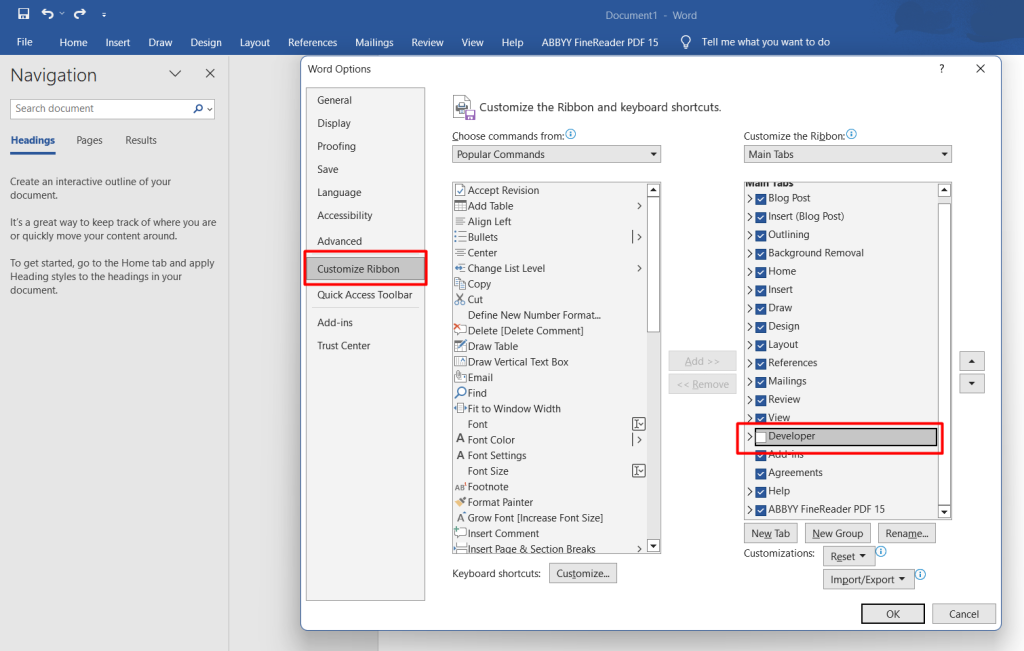Creating a drop-down list with dependent choices can greatly enhance the user experience and streamline data entry in Microsoft Word forms. This feature allows users to select an option from a primary drop-down list, which then dynamically populates a secondary list of choices based on the selected primary option. In this guide, we will explore how to create a drop-down list with dependent choices using formulas in Microsoft Word, enabling you to create dynamic and efficient forms that adapt to user selections.
Traditional drop-down lists in Word provide a static set of choices for users to select from. However, in scenarios where the available choices depend on a previous selection, using formulas to create dependent choices can save time and effort for both the form creator and the form filler. This guide will walk you through the process of creating a drop-down list with dependent choices using formulas in Word.
Step 1: Launch Microsoft Word and Open a Document
- Open Microsoft Word on your computer.
- Open the document where you want to create the drop-down list or create a new document.
Step 2: Access the Developer Tab
- Click on the “File” tab at the top left corner.
- Select “Options” from the dropdown menu.
- In the Word Options dialog box, select “Customize Ribbon” from the left sidebar.
- Check the “Developer” option under the “Customize the Ribbon” section, then click “OK”.

Step 3: Enable Content Controls
- Click on the “Developer” tab at the top of the window.
- Look for the “Controls” group and click on the “Rich Text Content Control” or “Plain Text Content Control” button.
Step 4: Insert a Drop-down List Content Control
- Place your cursor where you want to insert the drop-down list.
- Click on the “Dropdown List Content Control” button in the “Controls” group.
Step 5: Add Choices to the Drop-down List
- Right-click on the drop-down list content control you just inserted.
- Select “Properties” from the dropdown menu.
- In the “Content control properties” dialog box, go to the “Dropdown List” tab.
- Type or paste the choices for your drop-down list in the “Drop-down list entries” box, with each choice on a new line.
- Click “OK” to save your choices.
Step 6: Set Up Dependent Choices Using Formulas
- Click on the “Developer” tab and select the “Legacy Tools” button in the “Controls” group.
- Choose the “Combo Box” option.
- Right-click on the combo box and select “Properties”.
- In the “Content control properties” dialog box, go to the “Change event” tab.
- Click on the “Edit” button to open the “Microsoft Visual Basic for Applications” editor.
- Enter the formula logic to populate the dependent choices based on the selection made in the drop-down list.
Example: If DropDown1.Value = "Option1" Then ComboBox1.AddItem "Option A"
Step 7: Test and Save
- Close the “Microsoft Visual Basic for Applications” editor.
- Save your Word document to preserve the drop-down list with dependent choices.
- Test the drop-down list by selecting different options and ensuring that the dependent choices populate correctly.
By following these steps, you can easily create a drop-down list with dependent choices using formulas in Microsoft Word. This powerful feature streamlines data entry and helps organize information effectively. Improve your productivity and efficiency with this helpful tool today!
Get the best deal on Microsoft Office with the lowest price available on our website.


